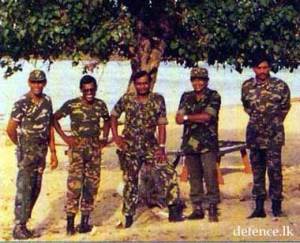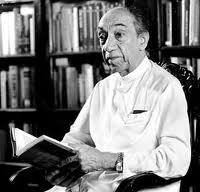The 1st Eelam War started in 1983, but the guerrilla warfare made it difficult for the Sri Lanka’s army to identify a proper enemy. So it took till the 1987 to design an intervation for a conventional warfare. On the 26th of May 1987 Colombo launched the Vadamarachchi Operation, or Operation Liberation. It was the first attempt to find a definitive solution to the Tigers’ insurgency. By the first week, the government troops were able to gain control of the entire zone and the goal of capturing Jaffna was at hand.
The war between Sri Lanka and the LTTE could be over in 1987.
The Tigers were still small and inexperienced; most of all, they lost that war: the Vadamarachchi offensive has been successful. Of course this could not be the end of Tamil nationalism.Maybe not even of the LTTE. But the Ist Eelam War would have finished with the Sri Lanka’s army in control of the territory.
Instead India made it clear that no military solution was possible. This is a strong message, sent by a giant to its small neighbour. And it will affect any possible outcome in the future. No President in Sri Lanka could have find the political resources to move another, decisive assault in the North. In fact that was always the problem: Sri Lankan generals felt that a final move was not backed by the government, so it was impossible to really defeat the LTTE(1). And the politicians in Colombo clearly didn’t have to answer to the Tamil population: they had to answer to New Delhi. Now, it is commonly assumed that the Indian Congress wanted the head of Prabhakarn, for the murder of Rajiv Gandhi.
This may be correct; but until the IV Eelam War,it never realized. India only in 2006, almost 15 years after the murder decide to make its move. Surely revenge is best served cold, but it means also that a change occured in New Delhi.
Therefore, it is good to remember that: Sri Lanka’s army unstopped by India, could have won 22 years earlier. That entails also:Sri Lanka could win only if backed by India.
(1)V.K. Shashikumar, “Lessons from the War in Sri Lanka,” Indian Defence Review (October 3, 2009), available at www.indiandefencereview.com/2009/10/lessons-from-the-war-in-sri-lanka.html.















